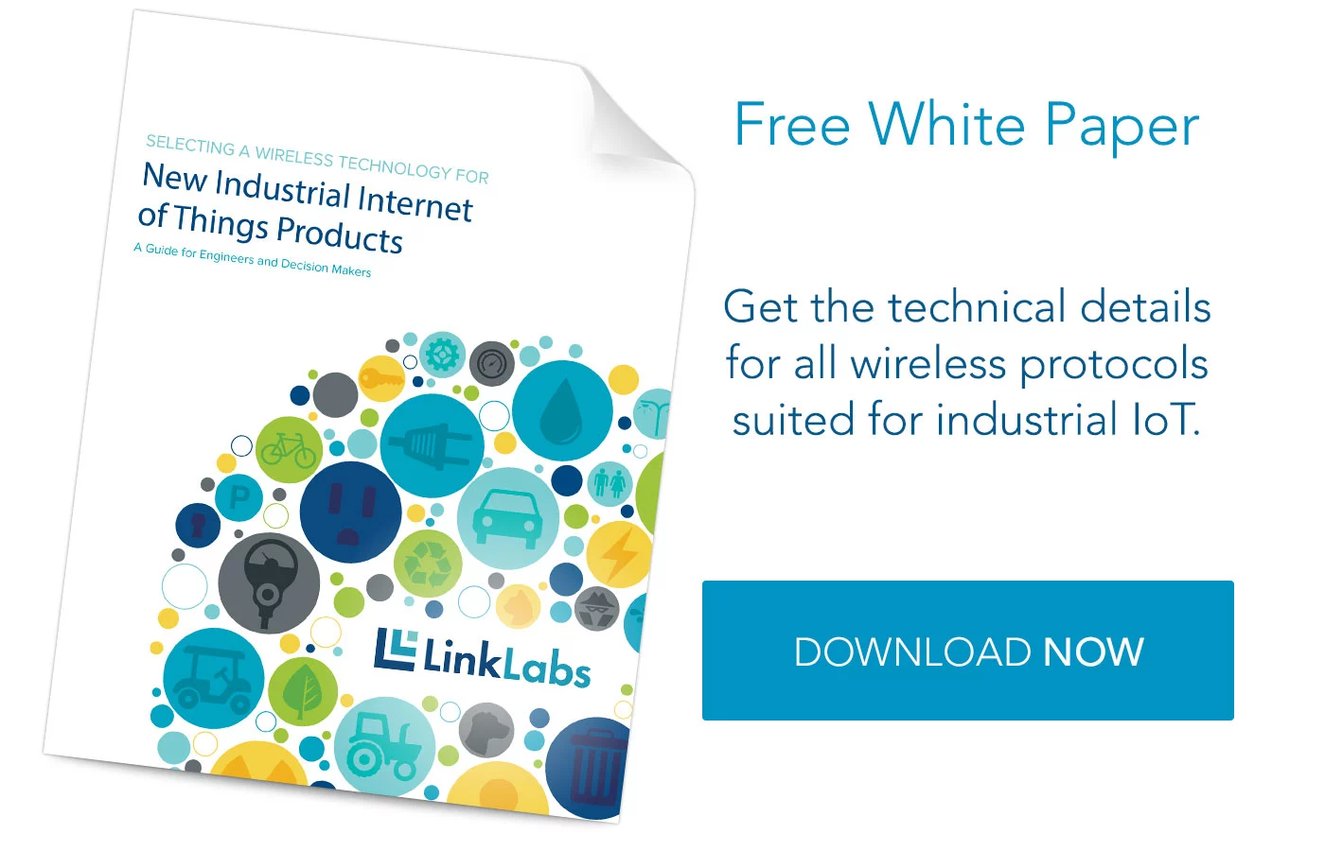The Internet of Things, or IoT, is indeed a very hyped term. Gartner now puts IoT at the very peak of “Inflated Expectations.” I would counter that while the buzz around IoT is fierce, it is misguided. Perhaps most of these inflated expectations center around false assumptions about the impact more connected devices could actually have. When I ask friends about IoT, everyone immediately sites the mythical connected refrigerator or toaster.
While it is entertaining to dream of aware refrigerators doing your e-shopping for you, efforts to explain IoT with such examples fall short. At it's core IoT is really just about: sensing, controlling, and interacting with more of the physical world in a connected way.
1. Sensing.
Data drives decisions. We all know this. Whether dry soil needs irrigation or hot freezers need to be serviced, having better information about the physical world around us can solve problems. A huge part of IoT is about getting this information to the machines that need it to solve problems automatically. Most of the work in the IoT sensing space involves figuring out how to replace “human in the loop” sensing, metering, and measuring processes with automated ones.
2. Control.
Once data points a machine in the direction of a problem, the best outcome is often for automated processes to kick in to solve them. Sure this can go horribly wrong if systems are not well designed, tested, or secured, but the true return on investment for more and better sensors is automated control. This could be as simple as turning on the sprinklers when the soil is dry or as complicated as adjusting regional power grids to compensate for the loss of power from solar panels that just went under the shade of clouds. Many IoT solutions focus so heavily on #1 (sensing), that they leave little bandwidth or even capability to send control messages back down. IoT needs to be a two way street.
3. Interacting.
This is the part of IoT that no one realizes is happening. When you pay a wireless parking meter with a smart phone app, serious IoT investments made that possible. This is where the human gets back in the IoT loop. Whenever we provide information to a machine or make an electronic decision that affects something physical, we are interacting with the Internet of Things. In one sense, humans can be seen as another physical characteristic to be measured or controlled (a la #1 and #2), but let’s not forget who’s boss here.
At Link Labs, we believe that creating wireless connections over long range with very little energy will continue to drive enormous change and innovation in the Internet of Things. From parking sensors to smart grid, we get to live this dream everyday. If you have an idea how IoT could solve problems and move your business forward, please get in touch. We’d love to help.




